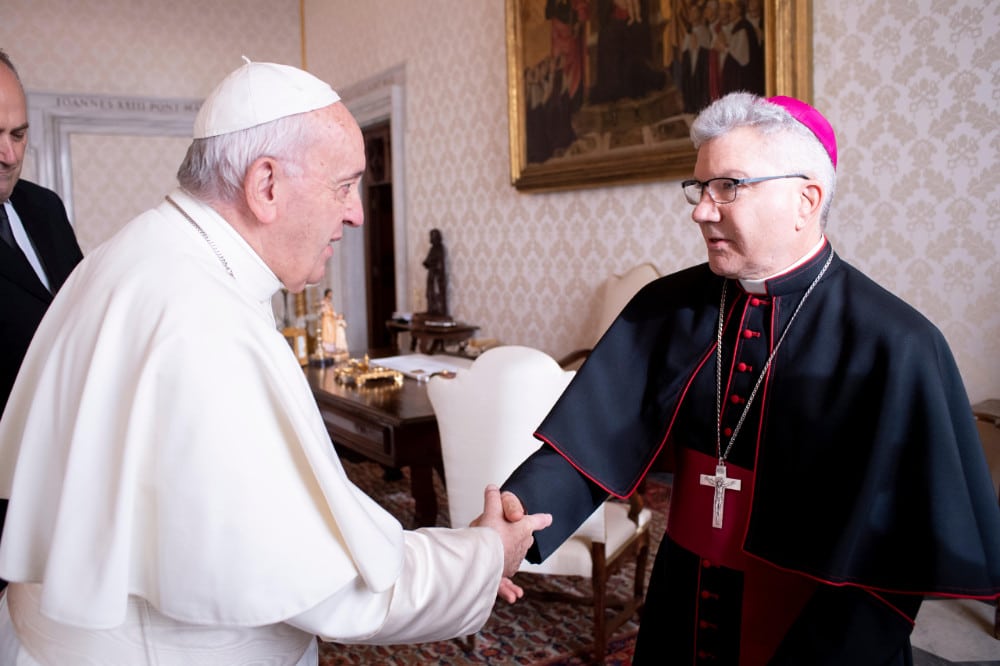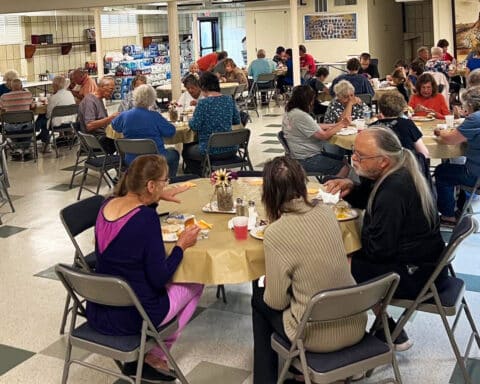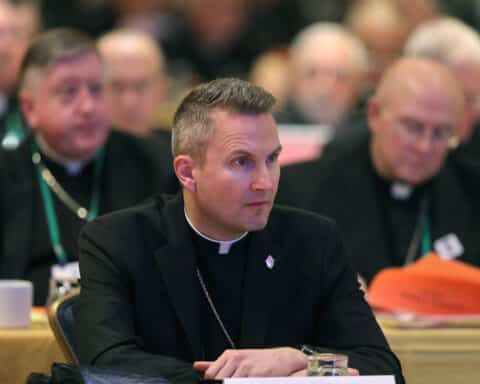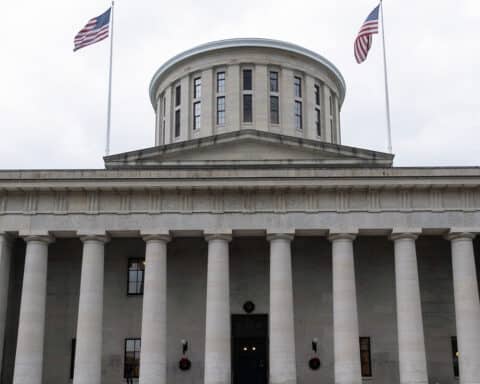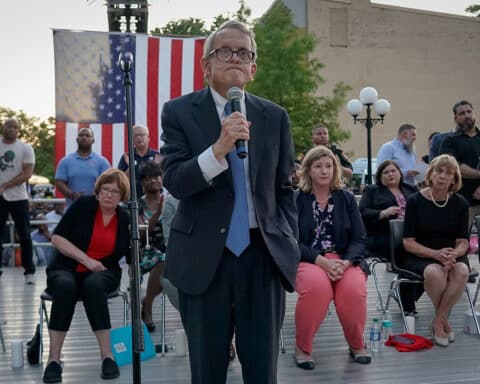We may be tempted to think of a diocese as an eternal structure, but the fact is that dioceses come and go. Baltimore was the first Catholic diocese established in the United States, erected on Nov. 6, 1789. Not long after, in 1808, Baltimore was raised to an archdiocese, and four other U.S. dioceses were created: New York, Philadelphia, Boston and Bardstown.
The last, perhaps, comes as a surprise. The Diocese of Bardstown, based in Bardstown, Kentucky, encompassed Kentucky, Tennessee, Missouri, Illinois, Indiana, Ohio and Michigan. Various dioceses were successively carved out of the territory of Bardstown, including Cincinnati and Nashville. And, finally, the see of Bardstown was transferred by Pope Gregory XVI to Louisville in 1841.
All of this is to say that dioceses change and merge. A bishop and his priests exist in a place to preach and sanctify the faithful. Their sworn duty to God is the building up of the Church.
Despite those truths, the recent announcement of a potential merger of the Diocese of Steubenville, Ohio, into the Diocese of Columbus might come as something of an understandable surprise. It would be the first such merger of dioceses since 2020, when the Diocese of Juneau was merged with that of Anchorage in Alaska. Before 2020, the 1956 merger of the Diocese of St. Joseph with the Diocese of Kansas City to become the present-day Diocese of Kansas City-St. Joseph in Missouri was the last such change in the United States.
Announcing the possible consolidation, Bishop Jeffrey M. Monforton of Steubenville wrote to the faithful of his diocese, saying, “It is with sadness of heart that I share with you the continued decline in the Ohio Valley population and how it adversely affects our future sustainability.” As the region’s industry changed, he explained, so did its population, including its population of Catholics.
The decision to advocate for the suppression of one’s own episcopal see takes no small amount of humility, and, as he prepares for what most certainly would be a time of great change, Bishop Monforton should be recognized for leading his people to face the emerging picture of the landscape of American Catholic life in his diocese with courage. “Stubbornness would guide me to say we’ll fight this head on with really no chance,” Bishop Monforton said in a recent interview with Steubenville’s Herald-Star. Yet “it’s fortitude that has to govern the day, and that means taking a course that would be the most prudent.”
But Bishop Monforton and the bishops of Ohio likely aren’t only thinking of population figures. In addition to at least $4 million to restore and endow the closed cathedral, the diocese is missing nearly $300,000 embezzled by former comptroller David Franklin who cost the diocese “an additional $999,713 in interest and penalties on top of the nearly $2.8 million payroll tax debt as well as the employer portion,” the Herald-Star reported.
Even without such woes, the numbers in other dioceses are trending in such a way that indicates that we will see more potential or actual mergers of dioceses in the future — especially in the Northeast and the Midwest — similarly to how we are currently seeing mergers (often called “clustering”) of parishes in dioceses across the country. Such an approach is a courageous and commonsense response to emptying pews, dwindling celebrations of sacraments and fewer priests.
If done correctly, the merger between the Dioceses of Steubenville and Columbus could offer the opportunity for personnel and financial resources from across the state to be invested in a region with great spiritual and monetary needs. Rather than abandoning the poor population of eastern Ohio, as some have suggested, such a move would help to secure it.
If prudence dictates the need for diocesan suppression and mergers, practicality might suggest the need for creative separation, especially in the growing Catholic populations found in the South and the West. Is it realistic to believe that the massive scale of ministry — for example, in the Archdiocese of Los Angeles, which serves over 4 million Catholics — is the best administrative structure? Dividing some of our largest dioceses almost certainly would better serve booming local populations.
Ultimately change of any kind within our ecclesial infrastructure, be it at the diocesan or the parish level, is an occasion for every Catholic to ask: Where does our true identity lie? Despite the essential and fundamental dimension of our local communities, our identity cannot solely exist in our parish or our diocese. Our identity must lie first and foremost in the Church, universally taken, as disciples of Jesus. We must cultivate this perspective now, because, undoubtedly, greater changes lie on the horizon for the Church in the United States in the months and years to come.
Our Sunday Visitor Editorial Board: Father Patrick Briscoe, Gretchen R. Crowe, Scott P. Richert, Scott Warden, York Young

